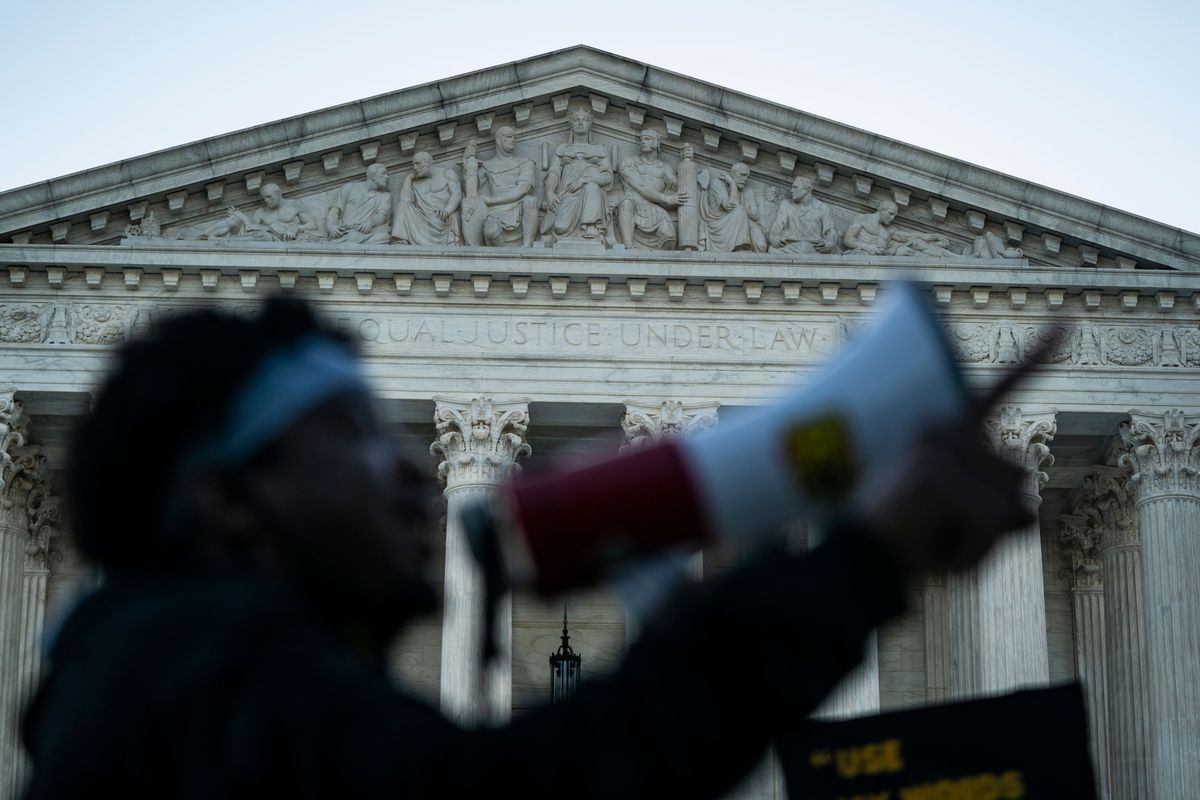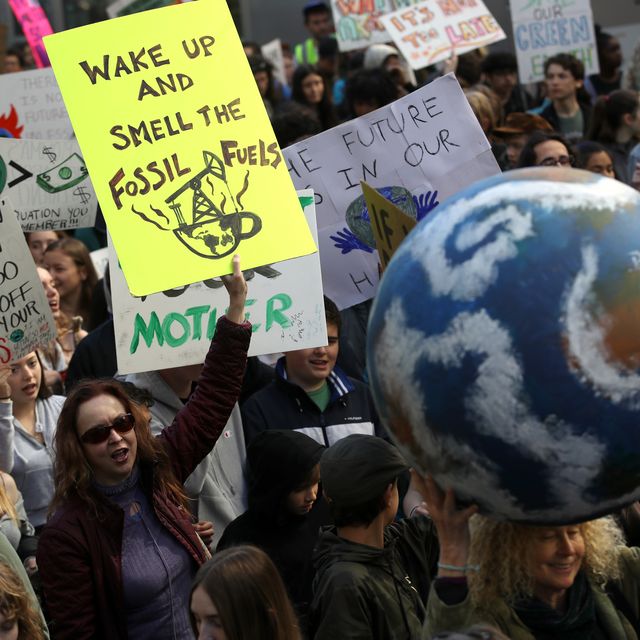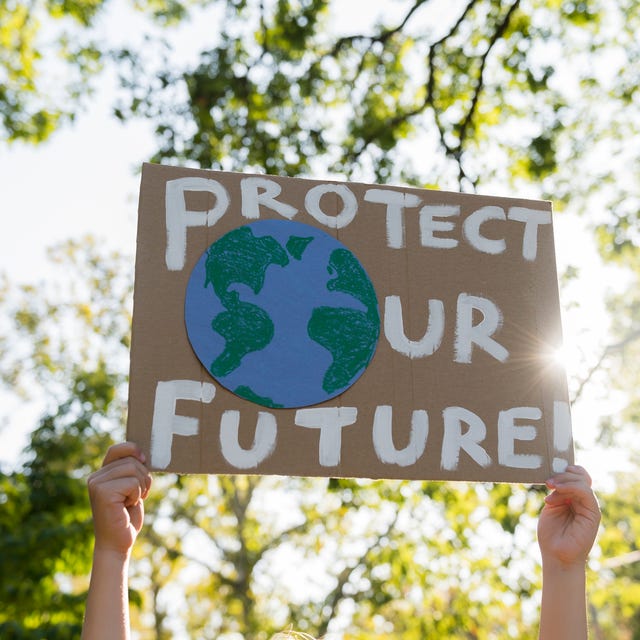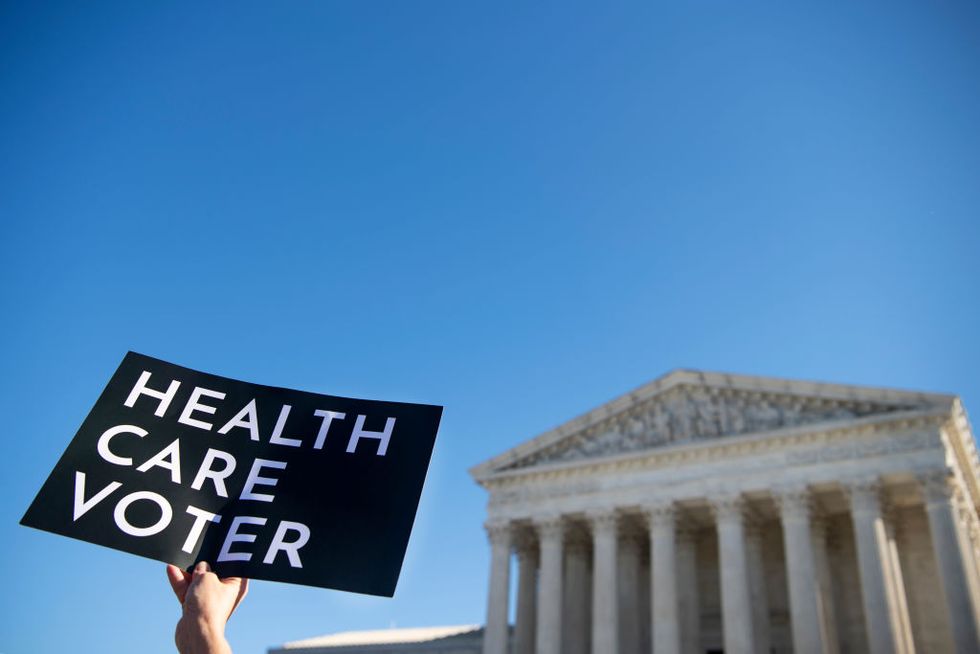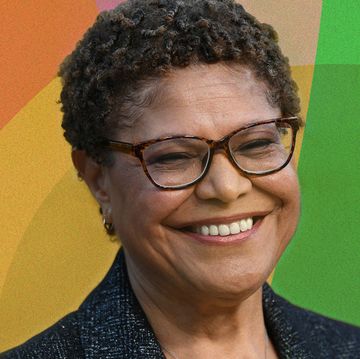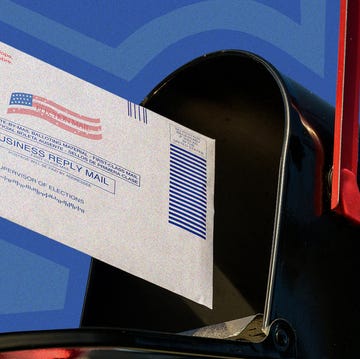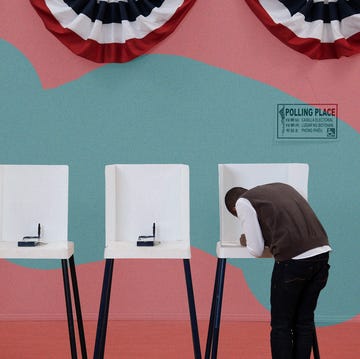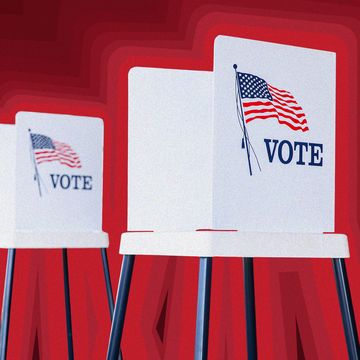The personal is always political, and leading the best lives that we can often hinges on the governments we elect. As we enter the homestretch of 2020 and look to a new president and to newly elected officials to help us weather the many challenges the U.S. currently faces, we find ourselves contemplating: Where do we go from here? From the Covid-19 pandemic to climate change to racial justice and more — there are many big issues we must tackle as a nation. We asked nine thought leaders about how we can create a healthier America and how we move forward now.
Federal judges have the power of judicial review to decide cases involving the constitution and federal laws, including people’s rights under them. While this important power has led to the advancement of rights, it has also led to some setbacks for women, people of color, and other underrepresented groups in the United States, and more recently a politicization of the judicial confirmation process.
More on Politics in 2021
One of the major benefits of our democracy is that the people have a voice in the government. Unfortunately, in the United States, we’ve historically seen the majority exercise this power to the detriment of marginalized people. From excluding women and people of color from voting, Jim Crow laws that sprang up across the South, marriage inequality, reproductive choices, discrimination in housing, employment, lending and educational opportunities, our nation’s laws have not always guaranteed equal protection under the law is a reality for all who call America home. In many instances, the federal courts have weighed in to protect the rights of underrepresented people in the minority to ensure everyone’s constitutional rights and liberties are protected.
It was just a generation ago for many Americans when the Supreme Court declared segregation in public schools unconstitutional in the seminal Brown v. Board of Education decision. That 9-0 ruling established that the “separate but equal” doctrine is inherently unequal and paved the way for the legally desegregated society we see around us today. One where everyone, regardless of the color of their skin has the right to attend public schools and access other public facilities free from segregation. For Black Americans, people of color and those who support equal rights, Brown is the cornerstone of the Civil Rights Movement and the arc finally starting to bend towards justice and equality.
The Court’s role in advancing rights and enforcing equal protection where states were slow to make progress would continue in years following Brown. While advocates made slow and steady strides at the state level to repeal bans against interracial marriage through state legislatures and state courts in the late 1940s leading into the 1960s, the Supreme Court overturned the bans in the remaining 14 states in 1967. The decision in Loving v. Virginia ensured men and women of different racial and ethnic backgrounds were free to marry whomever they chose. A similar, albeit delayed, path for the right to same-sex marriage followed suit decades later. Same-sex couples across the country would have to wait until 2015 for the Supreme Court to establish the right to same-sex marriage in Obergefell v. Hodges.
Despite the enactment of federal civil rights laws in the 1960s, people of color, women, religious minorities, LGBTQ+ people and others continue to have their civil rights violated as they face discrimination in housing, employment, and education and are forced to turn to the federal courts to enforce their rights. In a historic advancement for employment rights for the LGBTQ+ community this past June, the Supreme Court held that employers cannot fire someone because of their sexual orientation or gender identity under Title VII of the Civil Rights Act.
Unfortunately, when it comes to our most fundamental right — the right to vote, we’ve seen the Supreme Court’s decisions negatively impact access to the ballot.
In the 2013 Shelby County v. Holder decision, the Supreme Court struck down the preclearance formula in the Voting Rights Act used to determine which states and localities based on a history of discriminatory election practices, were subject to federal oversight of changes to their election policies.
With Congressional inaction and no federal oversight, states like Arizona, Georgia, and Texas have quickly passed voting restrictions that suppress turnout, such as strict voter ID requirements, exact match voter registration requirements and polling place closures. All of these undermine the ability of voters of color, particularly those who are low-income, to participate in our democracy. Voting rights will again come before the Court this term as it hears consolidated cases from the Ninth Circuit to decide if two Arizona laws — one allowing the state to discard ballots cast in the wrong precinct, and another making it a felony for anybody other than a family member or caregiver to collect and return mail-in ballots — violate the Voting Rights Act’s prohibition against racially discriminatory voting practices. The Ninth Circuit found the laws discriminated against people of color in Arizona and violated the Voting Rights Act.
With these rights and others like reproductive choice and access to healthcare at stake, we’ve seen the president’s role in appointing and the Senate’s role in confirming judges — both constitutionally-mandated — become highly-politicized in recent years. Following the deaths of Justice Antonin Scalia and Justice Ruth Bader Ginsburg in presidential election years, the Republican-majority in the Senate flip-flopped over their position in the confirmation process to benefit their party. In February 2016, Senate Majority Leader Mitch McConnell stated within hours of Justice Scalia’s passing that the next president should pick the next justice, but when Justice Ginsburg passed in September of this year, he immediately stated the Senate would confirm a replacement. As a result, Justice Amy Coney Barrett was confirmed a mere eight days before election day — the closest confirmation to election day in history.
While the projected winner of the presidential election was finally called on November 7, for those who follow the federal courts and the important role it plays in the lives of Americans, the election is far from over. There are two United States Senate seats in Georgia up for grabs in two runoff elections in January 2021 that will determine the balance of power in the Senate and impact the tenor and pace of judicial nominations in the years ahead. What we know for sure is that judges who hold lifetime tenured positions on our courts will influence the way our rights and liberties are interpreted under the law in the years to come.
Erinn D. Martin serves as Policy Counsel for the Public Policy Project at the Lawyers’ Committee for Civil Rights Under Law where she advocates for the advancement and protection of civil rights at the federal level.
Get Shondaland directly in your inbox: SUBSCRIBE TODAY
